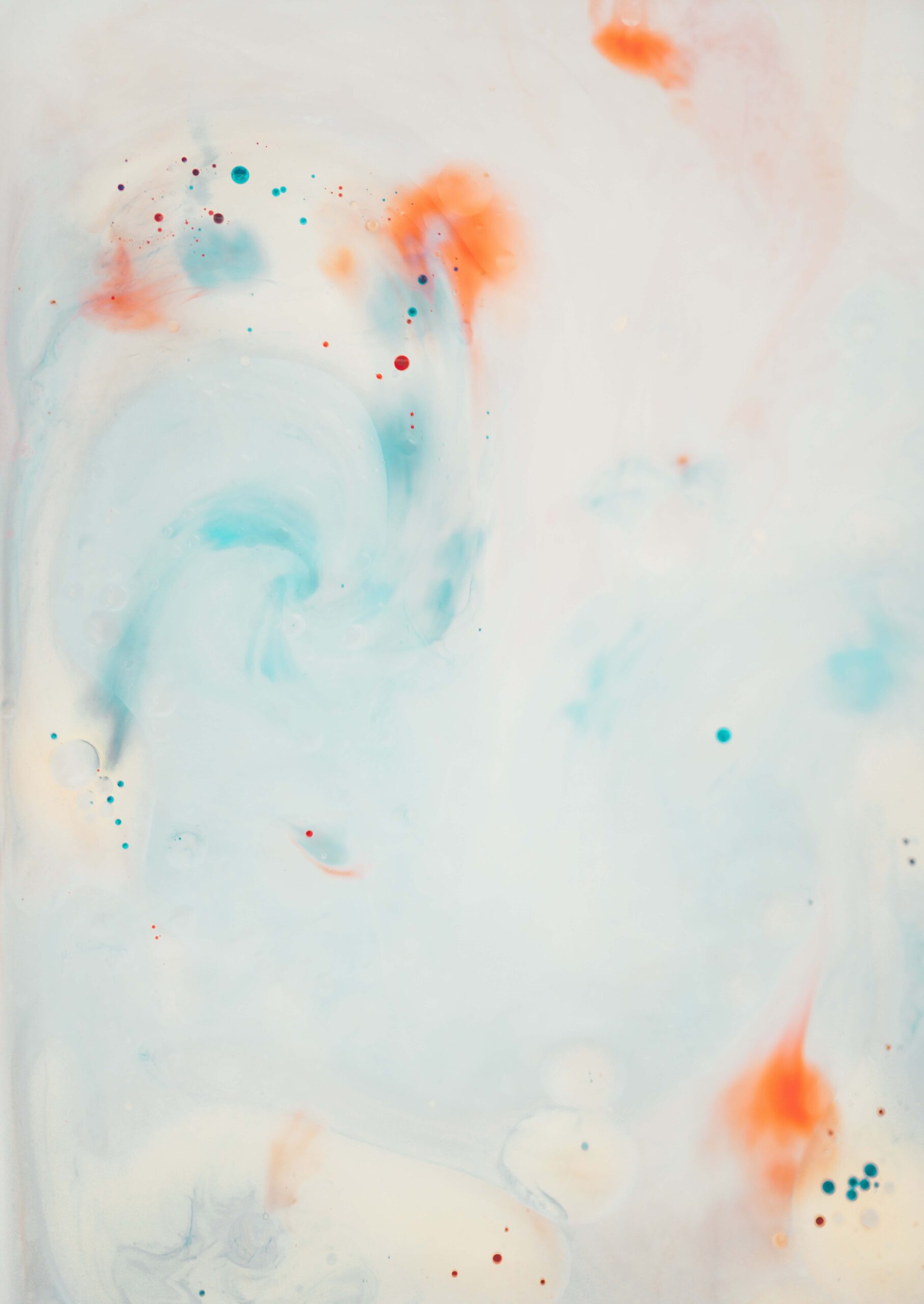The purpose of a drop shadow is to create a visual effect that simulates a three-dimensional object or element being lifted off its background, giving it the appearance of casting a shadow. This effect can add depth, dimensionality, and visual interest to flat or two-dimensional designs, making them appear more realistic and engaging.
Drop Shadow
Drop shadows can be used in various contexts, such as graphic design, web design, and user interface design. For example, in graphic design, drop shadows can be applied to text, images, and other design elements to make them stand out from the background and create a sense of depth. In web design, drop shadows can push buttons, and other interactive features appear more clickable and tactile. In user interface design, reduction shadows can create a sense of hierarchy and visually separate different parts on a screen.
How to Use Drop Shadow Effectively
Keeping a few fundamental principles in mind is essential to use the drop shadow effect. First, avoid overusing drop shadows, creating a cluttered or distracting visual effect. Instead, use drop shadows sparingly to highlight key elements or develop a sense of depth and dimensionality.
When applying drop shadows, consider the light source’s angle and intensity and the cloud’s color and opacity. A subtle, translucent shade can create a more natural and realistic effect than a bold or opaque shadow.
Another important consideration is the context in which the drop shadow will be used. For example, drop shadows on text can make it more readable and distinguish it from the background, while drop shadows on buttons and interactive elements can make them appear more clickable and tactile.
Finally, testing the drop shadow effect in various contexts and on different devices is essential to ensure it works well across multiple screens and resolutions. By following these principles, designers can use drop shadows effectively to create engaging, visually compelling designs.
Why Do You Need Drop Shadow?
Drop shadow can be a pleasing visual effect in design for several reasons. Firstly, it can create the illusion of depth and dimensionality, making flat or two-dimensional structures appear more lifelike and engaging. This effect can be particularly useful in user interface design, where drop shadows create a sense of hierarchy and visually separate different elements on a screen.
Also, drop shadows can make elements stand out from their background, drawing attention to essential information or interactive features. This effect can be particularly useful in graphic design, where drop shadows can highlight text or images.
Drop shadow is a versatile and effective tool for designers, offering a range of benefits in terms of visual interest, readability, and engagement.
When Not to Use Drop Shadow
While drop shadow can be a sound or visual effect in many design contexts, some situations may not be appropriate or effective. Digital Tips Tech gives example, drop shadows may not be applicable in minimalist or flat design styles, where the focus is on simplicity and minimalism rather than creating a sense of depth and dimensionality.
Additionally, drop shadows may not be effective in specific printing contexts, such as screen printing or embroidery, where fine details or subtle effects may be lost or distorted.
Finally, drop shadow should be used sparingly and cautiously in web design, as it can impact a website’s performance and slow down loading times. In general, it’s essential to consider the context and goals of a design project before using drop shadow and to ensure that it is used appropriately and effectively to achieve the desired visual effect.
How to Add Drop Shadow Effect
There are several ways to add a drop shadow effect to design elements. In Adobe Photoshop, for example, you can add a drop shadow effect by selecting the layer to which you want to apply the product and clicking on the “Layer Style” button in the Layers panel. Select “Drop Shadow” from there and adjust the settings to achieve the desired effect, such as the shadow’s angle, distance, size, and opacity.
In Adobe Illustrator, you can add a drop shadow effect by selecting the object you want to apply the product to and selecting “Effect”> “Stylize”> “Drop Shadow” from the menu bar. From there, adjust the settings to achieve the desired effect.
In web design, drop shadow can be added using CSS styles, such as “box-shadow” or “text-shadow.” These styles can be applied to specific elements or classes to create a consistent visual effect across a website.
How to Add Drop Shadow Effect to Your Website
To add a drop shadow effect to your website, you can use CSS styles such as “box-shadow” or “text-shadow.” Here are the steps to do so:
- Identify the element you want to apply the drop shadow effect to. This could be a button, image, or text.
- Open your website’s CSS file and locate the CSS class or ID associated with the element.
- Add the “box-shadow” or “text-shadow” property to the class or ID, depending on which part you work with.
- Define the values for the drop shadow, such as color, size, blur, and offset.
- Save the CSS file and refresh your website to see the drop shadow effect.
For example, to add a drop shadow effect to a button element, you could use the following CSS code:
.button { box-shadow: 2px 2px 5px rgba(0,0,0,0.3); }
This code would create a drop shadow effect that appears 2 pixels to the right and 2 pixels below the button, with a blur radius of 5 pixels and a transparency of 30%.
In conclusion:
A drop shadow creates an illusion of depth and dimensionality. It gives the impression of three dimensions, even though the object is only two-dimensional. The shadow on the lower part of the drop shadow makes it appear as if the thing is higher than it is. The shadow is not attached to the object and is not part of the object.



